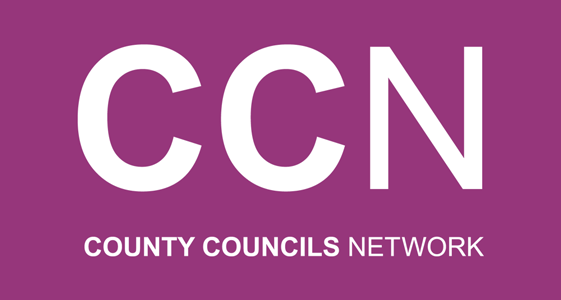
CCN Blogs | 17 September 2019

These factors are putting pressure on local authorities and providers to meet the needs of children and young people with SEND. The financial impact on Councils – if they take no action – will result in increasing the deficit.
But what is driving these pressures? What has changed that is making it so much more challenging to meet the needs of children with SEND?
The simple truth is that the needs of children and young people with SEND have changed, and provision to meet these needs has not changed with it.
For example, too many children with SEND are being moved on or excluded from mainstream schools. Schools are struggling to manage their needs and adapt to what is becoming the “new norm” in respect of Social, Emotional and Mental Health (SEMH) needs.
There are two sides to this debate – firstly schools that state they need more support to address pupils’ needs with the Graduated Pathway, potentially leading to an EHCP and additional resources, being time consuming especially for pupils in Key Stage 4. Secondly schools are under pressure to achieve performance indicators and this may be driving behaviour in terms of increasing exclusions – schools obtain a performance score based on aggregated pupil performance levels at Key Stage 4 for example, and pupils with challenging behaviour linked to their SEMH needs are less likely to perform well in national examinations. In addition, some schools do not always see the behaviour as symptomatic of a wider SEND need that they have a responsibility to try to meet through a differentiated and personalised approach to learning.
There are theories about why these needs have increased, one of the most reliable being the evidenced impact of “Adverse Childhood Experiences” (ACEs). ACEs demonstrate the impact of the “toxic trio” of parental mental health, substance misuse and domestic abuse (some would say exacerbated by austerity), has on a child’s mental and emotional development. Whatever the reason, these needs are unfortunately becoming the “new norm”, and services, including schools, need to adapt but also work together to meet these needs.
Furthermore, as the needs of the Special Educational Needs and Disabilities (SEND) cohort have evolved, the current model of Special School and Resource Bases within mainstream schools has often not kept up with this, and hence provision is now not fit for purpose in addressing current SEND needs effectively. We find that many special schools are still working with children with more moderate learning needs or higher functioning children with autism who, nowadays, are entitled to expect mainstream schools to take an inclusive approach and meet their needs. As a result Special Schools become oversubscribed, not even with those with the most complex need, so the Authority and schools have nowhere to go in meeting the needs of the more complex cases that emerge. In turn this drives up the exclusion rate and the pressure on the local authority to source provision for these children, often at a high cost and out of county/borough.
In theory, an effective model of practice should see schools being equipped to manage children with SEND in mainstream provision where at all possible. Where there is a need for further support, there should be an up to date graduated offer that includes Resource Bases in the first instance, followed by more full time Special School provision, and in a small amount of cases specialist independent provision.
To support this, Peopletoo are broadly recommending three key actions that local authorities should take to transform their Special Educational Needs and Disabilities (SEND) offer:
This involves remodeling how an authority uses its Special School provision so that it works with pupils with the most complex needs, reducing dependency on independent and out of borough provision and reducing costs over the longer term. This is underpinned by remodeling how Resource Bases in mainstream schools are used and offering flexibility, from full time to a mixed approach that also enables the pupil to engage with their mainstream peers. This enables more pupils with Moderate Learning Difficulties and those with autism who are higher functioning, who may be currently educated in Special Schools, to be educated within the mainstream and hence release places for those with more complex needs.
This provides a clear pathway for a school to follow in attempting to address the needs of a child before requesting formal intervention. There are increasingly a range of innovative approaches being used in schools to support children with SEMH and autism in particular. These range from “SEMH Proofing” a school – identifying the aspects of the schools day and environment which cause anxiety and make reasonable adjustments where at all possible, to individualised “Stay Calm” plans, which help the child identify when they are feeling “overwhelmed and about to explode”, and quickly put in place whatever works for them to be able to de-escalate.
Key to changing how we view the support of children with SEND is embedding a culture that strengthens inclusion in schools. Developing the confidence of parents and carers in the mainstream offer and the rewards that this can bring in respect of a child’s confidence, inclusion with their peers, and their pathway to independence.
It should be noted that engagement and co-production of the mainstream offer for children with Special Educational Needs and Disabilities (SEND), with parents, carers and young people themselves, is critical to the success of any of the above.
Mark Gray, Service Director, Peopletoo
© 2024 County Councils Network | Credits | Site map | Cookies | Privacy Policy.